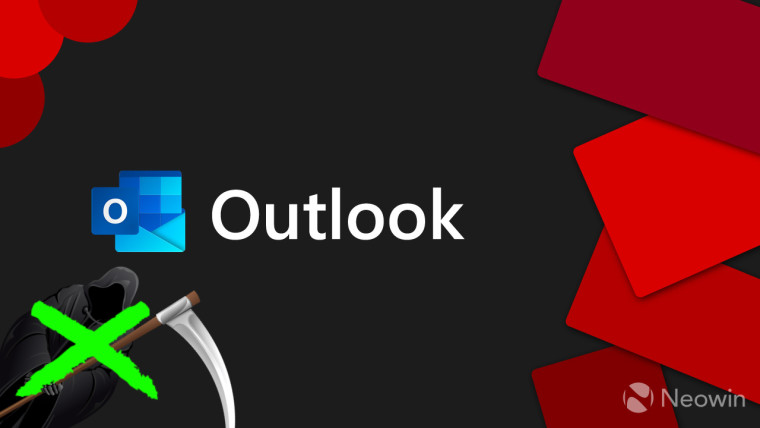Back in November 2020, Microsoft announced that it is deprecating the Outlook REST API beta and Outlook REST API v2.0 endpoints. This would be a two-year process as a part of Microsoft's regular service deprecation policy. However, following the end of this two-year period, Microsoft has now announced that it is delaying this deprecation indefinitely.

Microsoft has cited customer and partner feedback as the reasons behind its decision. Apparently, users of the API are not ready to let go of it completely and switch to Microsoft Graph. This would require somewhat major changes to current applications and use-cases.
That said, Microsoft has cautioned customers to not get too comfortable with this delay or think that it's a long-term option. Although the deprecation has been delayed indefinitely, the Redmond tech giant has emphasized that it will still happen in 2023 and that customers will be given a six-month notice ahead of the deadline.
For those unaware, the Outlook REST API is being used by developers in applications that manage mailbox data, Calendar, Contacts, push notifications, and more. However, Microsoft has considered it a legacy surface since 2020 and has been encouraging customers to migrate to Microsoft Graph using the guide here.
Once the Outlook REST API is inevitably deprecated, developers will no longer have access to the endpoint and the creation of new applications based on the API will be disabled. It remains to be seen what the deprecation date ends up being next year and the kind of impact it would have on current use-cases and scenarios.














